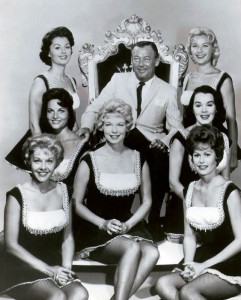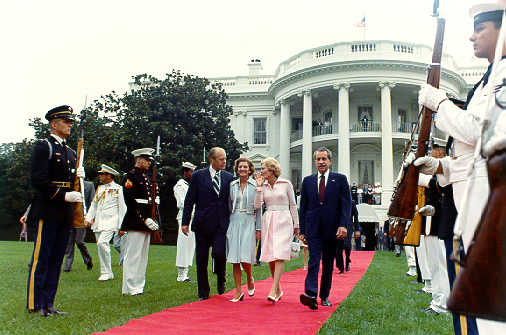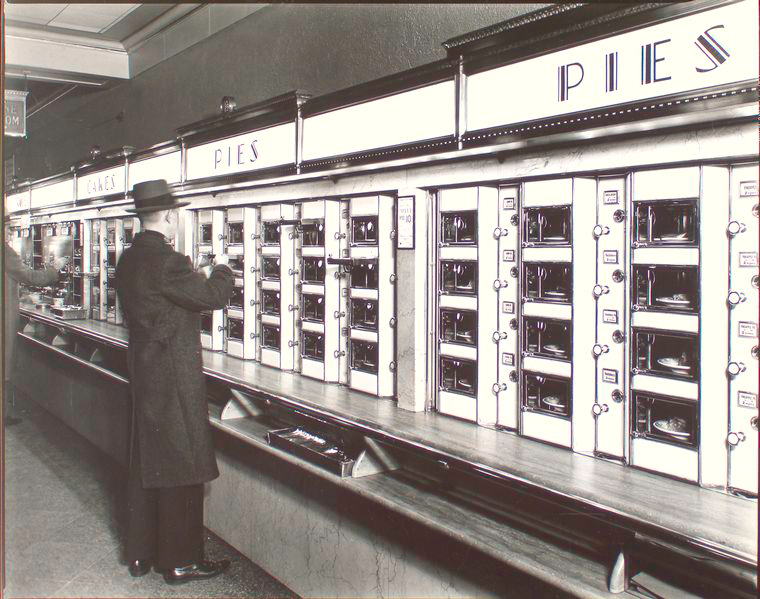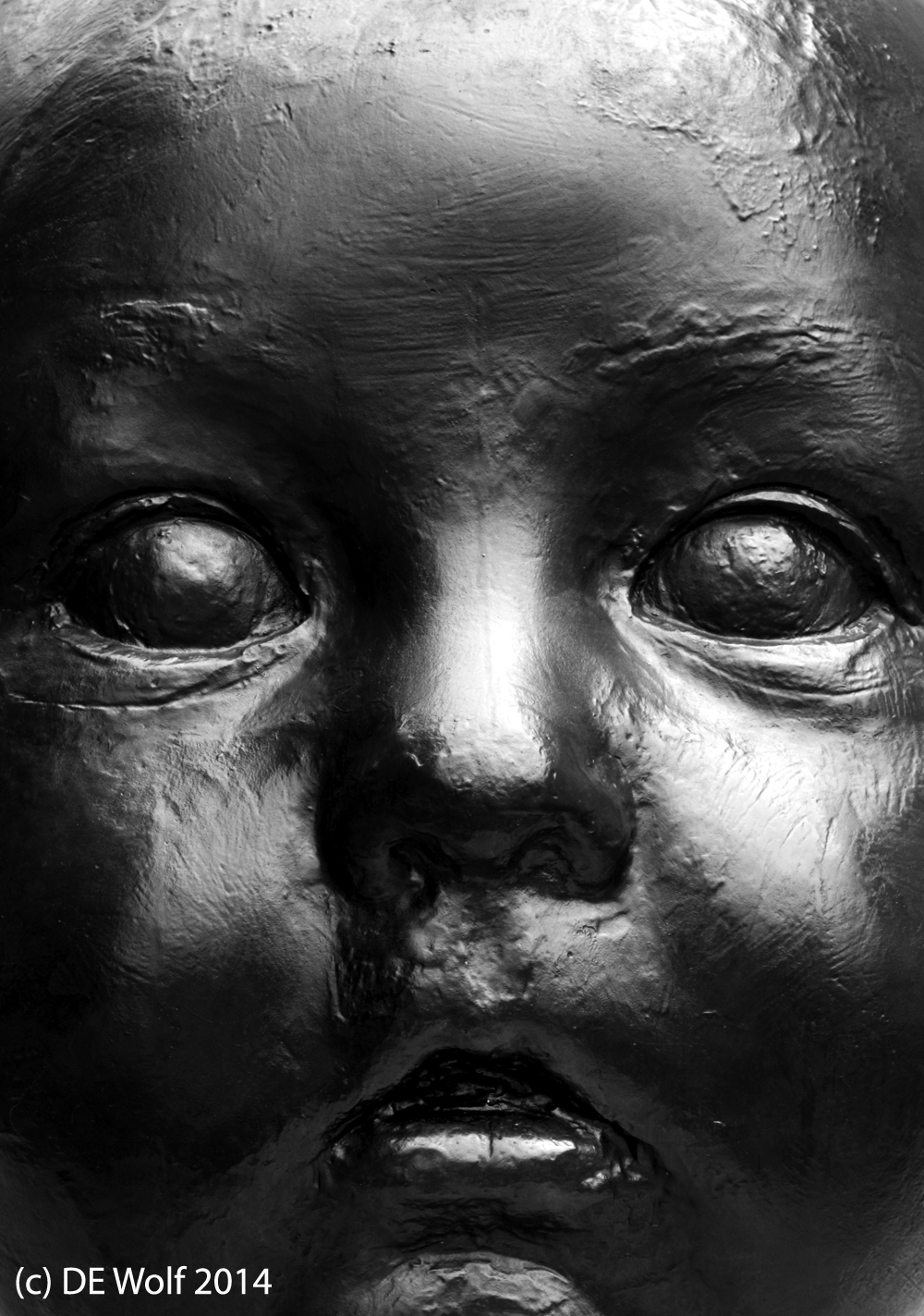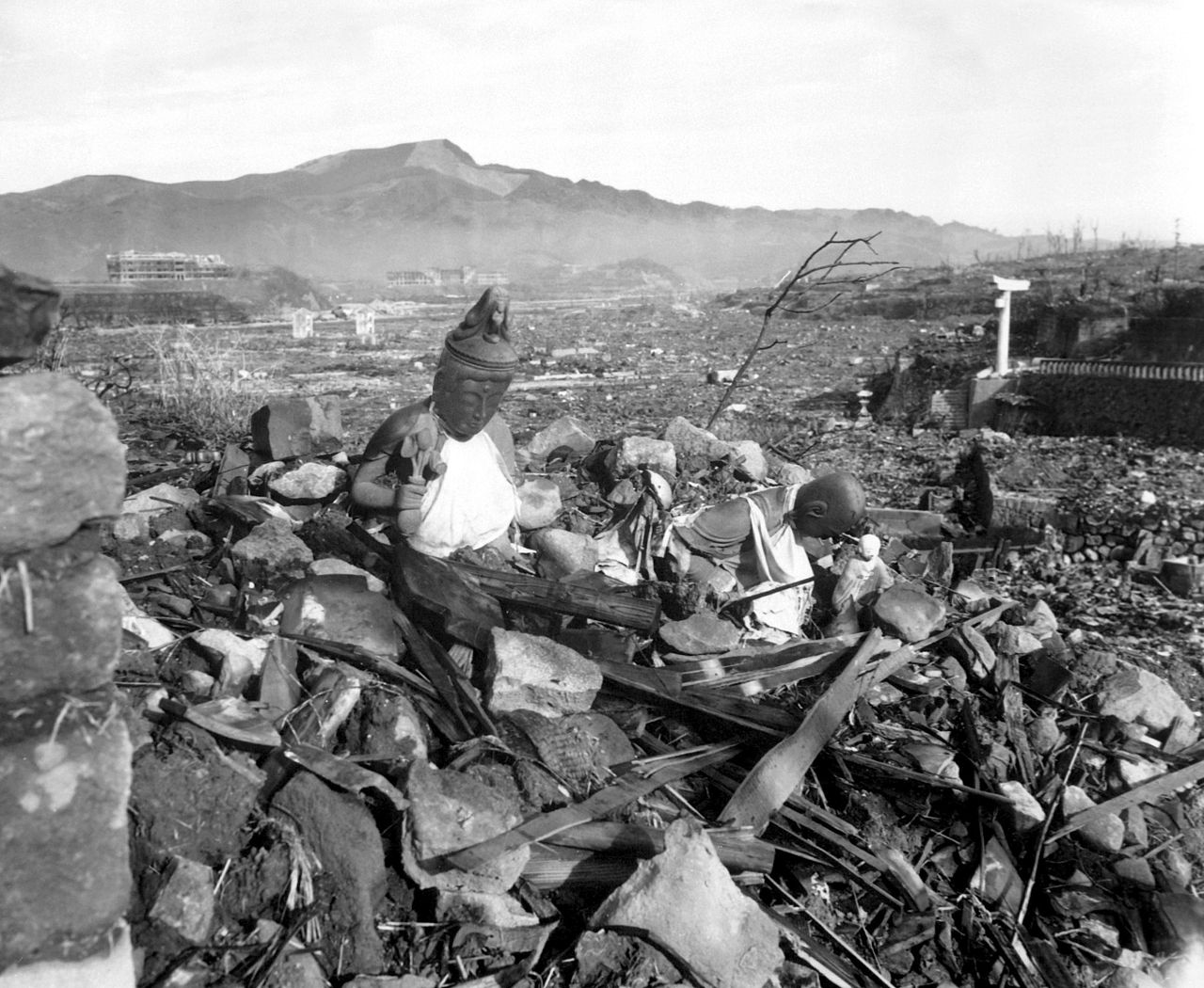For the last few weeks I mentioned several times how terrible the news and its images have been – photographs of maimed and killed children, no parent should live to see that; photographs of killed parents, no child should live to see that. We talk about being hardened to such sights, which isn’t quite right. It is not that we become hardened by these images. It is that they disconnect us. Our brains reach an elastic limit and literally “turn off” an image, if it just disturbs us too much, if it takes us beyond what we can mentally deal with, beyond our humanity.
Sometimes it takes something more subtle to wrench us back into humanity. Today I came across such an image, a simple, and oh so powerful, photograph by Bulent Kilic for – Getty Images. It shows a Ukranian refugee, crying in in a field with all of her remaining belongings on the ground beside her. This is the defining moment of terror and desperation. For a moment because of the image we become that woman. Look at her luggage. She could be any of us off to the gym or the beach.
And for me, it brought back the most vivid imagery. When I was in elementary school, we went on a class trip to visit the local newspaper, called if I remember correctly “Town and Village.” There were huge press photographs on the walls and the one that disturbed us the most was of a car crash, a man and a woman lying bloodied and dead and a wailing child. The guide assured us that the child was now living with his grandparents. He really didn’t know, and I believed that as much as I now believe that the woman in Kilic’s photograph is now on vacation on the French Riviera. But what we did learn was just how powerful a photograph can be when it appeals to what is fundamentally human within us.
I have spoken three times now of human and humanity. What this and kindred images remind us is just how shallow these terms can be. We are a broken species, when our politics, and worse, our religions condone the misery of this woman, a grieving mother, or an orphaned child as “collateral damage.” What a disgusting phrase! There is ultimately more defining humanity in Kilic’s photograph than in all our holy books.


